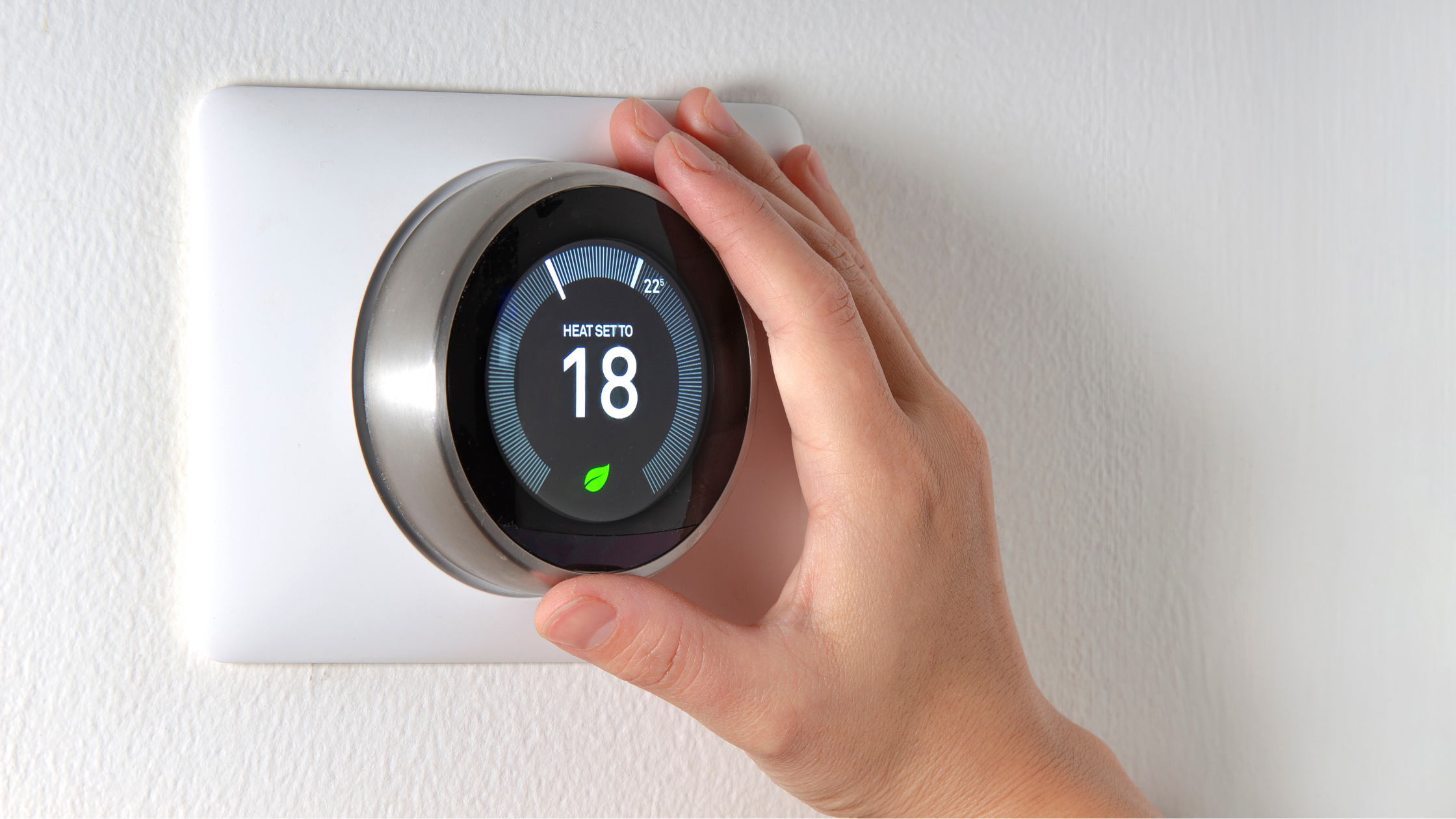Simplify Your Life with Integrated Smart Home Upgrades
You don’t want to get up.
You just sat down in your living room, a bit annoyed that you had to get up to dim the lights for the perfect movie ambiance.
With smart devices, you don’t have to get up.
Upgrading your home to a fully integrated smart home system can make your life more convenient, functional, and secure.
Whether you’re looking for devices to set up yourself or a professionally integrated smart home system, we’ll cover all your options in this article.
This article covers:
Smart Devices That Improve Home Functionality
Smart Thermostats
Your thermostat could be saving you money.
Smart thermostats learn your schedule and adjust the temperature in your home accordingly.
If you leave for work at 8 AM, a smart thermostat will lower the temperature to save energy. Then, it will start warming or cooling your home before you return.
Controlling the thermostat remotely on your smartphone allows for setting adjustments while away.
These features result in substantial energy savings—up to 10-12% on heating and 15% on cooling bills annually.
Smart Lighting Systems
When that movie has you biting your nails with anticipation, don’t get up to dim the lights.
Smart lighting systems allow you to:
control lights remotely
set schedules
change the color and brightness to suit your mood or activity
You can set the lights to dim in the evening when it’s time to wind down or schedule them to turn on when you wake.
Integration with voice assistants means you can adjust your lighting with simple voice commands.
Smart Security Systems
Home security never felt so cohesive yet effortless.
Smart security systems include high-definition cameras, motion detectors, smart locks, and alarm systems.
High-definition cameras offer live video feeds and recording
Motion detectors alert you to any unusual activity
Smart locks enable you to lock and unlock doors remotely
For example, you can see who is at your door through a video doorbell and speak to them even if you aren’t home.
These systems provide real-time smartphone alerts so you are always aware of what’s happening around your property.
Smart Appliances
The days of turning the car around to get your grocery list or even waiting an hour for a warm meal after work are in the past.
Smart refrigerators can:
track your inventory
create shopping lists
suggest recipes based on available ingredients
They feature built-in cameras so you can check your fridge while grocery shopping.
Smart ovens allow you to preheat and control cooking settings remotely, ensuring your meal is ready when you get home.
Similarly, smart washing machines and dryers can be started and monitored via your smartphone.
Smart Speakers and Hubs
You barely have to think before you speak.
Smart speakers allow you to manage your smart home ecosystem with voice commands.
These hubs control lights, thermostats, and more, all from a single interface.
As you head to bed, you can ask your smart speaker to turn off the lights, lock the doors, and adjust the thermostat.
They also support routines and automation, such as turning on the lights and starting the coffee maker when you say “Good morning.”
Benefits of Upgrading to a Smart Home System
Enhanced Convenience
You don’t have to lift more than a finger or say more than just a few words.
Smart home devices allow you to control various aspects of your home with just a tap on your smartphone or a simple voice command.
This level of convenience simplifies your daily routines and saves valuable time.
One of the standout benefits of professional installation is the ability to manage all your devices from a single platform.
This integration simplifies the control of various systems within your home for a unified experience.
Boosted Security
Security, made simple.
Smart home systems offer features that enhance your home’s safety.
This deters potential intruders and provides peace of mind, knowing that your home is protected.
Optimized Energy Efficiency
Saving on energy bills was never this easy.
Energy efficiency is another significant benefit of upgrading to a smart home system.
These savings not only benefit your wallet but also reduce your carbon footprint.
Increased Property Value
Homes with smart technology are attractive to buyers seeking modern, efficient living spaces.
In a Coldwell Banker survey, 81% of homebuyers indicated they would prefer to purchase a home with smart technology already installed.
Customization That Extends with New Devices
Make it your own.
Smart home systems are highly customizable and scalable, even more so when professionally installed.
You can start with a few key devices and expand over time as your needs grow.
This way, your investment in smart home technology grows with you, adapting to new devices as they become available.
Supports Your Health and Well-being
First and foremost, smart devices are created for your well-being.
Smart home air quality monitors detect pollutants and allergens, adjusting air purifiers and HVAC systems to ensure a healthy living environment.
Smart lighting systems can even be programmed to support your circadian rhythm.
Lower Home Insurance Premiums
Some insurance companies offer discounts for homes equipped with smart safety devices.
Installing these technologies can lower your home insurance premiums by reducing the risk of theft, fire, and water damage.
Cost Considerations When Upgrading to a Smart Home
The cost of upgrading to a smart home varies based on the complexity of the system and the devices integrated.
Here’s a detailed breakdown to help you understand what to expect.
Basic Systems: Starting at a Few Hundred Dollars
Your smart home technology journey can start with a few key devices that you can usually install yourself for free.
Basic systems might include:
Smart Plugs and Light Bulbs: These typically cost $20 to $50 each.
Smart Speakers: These devices start around $50 to $100.
Entry-Level Security Cameras: Basic models can be found for $50 to $150.
Intermediate Systems: Between $500 and $1,500
An intermediate setup might include:
Smart Thermostats: These cost between $150 and $250.
Advanced Security Systems: Multiple cameras, smart locks, and alarm systems range from $300 to $1,000.
Smart Lighting Systems: A full smart lighting setup with several smart bulbs, dimmers, and light strips costs between $200 and $500.
Comprehensive Systems: $1,500 to $5,000 and Beyond
Comprehensive setups typically include:
Whole-Home Automation Systems: Central hubs start around $1,000 and go up to several thousand dollars.
High-End Security Systems: Advanced security setups with professional monitoring, high-definition cameras, smart locks, and sensors range from $1,000 to $3,000.
Smart Appliances: High-end smart refrigerators, ovens, washing machines, and dryers each cost between $500 and $2,000.
Integrated Entertainment Systems: Smart TVs, speakers, and streaming devices add another $1,000 to $3,000.
Installation Costs
For intermediate and comprehensive systems, professional installation is recommended to ensure optimal performance. This way, you can count on a specific brand with a singular hub—without the hodgepodge of different devices with different apps.
Depending on the system's complexity, professional installers charge between $500 and $2,000.
Government Incentives for Smart Home Technology
Several federal and state programs offer rebates and tax incentives for homeowners who install energy-efficient devices.
The federal government’s Energy Star program provides rebates for installing certified energy-efficient products, including smart thermostats and lighting systems.
Homeowners can also receive federal tax credits for installing energy-efficient upgrades.
Many states also have their own energy efficiency programs that offer rebates and incentives.
Installation Process for Smart Home Devices
Many smart home devices are designed for DIY installation.
For more complex systems, professional installation is recommended for optimal performance.
DIY Installation
Smart plugs, light bulbs, and basic security cameras are typically designed with the consumer in mind, making them easy to install on your own.
Installation involves connecting the device to power, wifi, and its companion app at most.
Professional Installation
Opting for professional installation is your best bet, though.
Professional installation is the best option for a smart home system with multiple integrated devices—so you aren’t dealing with the mismatch of apps and brands that often come with DIY installation.
Professional installers bring the expertise to optimize your system for performance and security.
Here’s what to expect from a professional smart home installation:
Initial Consultation and Assessment
The process begins with a thorough consultation where the installer assesses:
your home’s layout
existing infrastructure (including any of your existing smart devices)
your specific preferences
Customized System Design
Based on the assessment, the installer designs a customized system for all your desired smart devices.
This includes selecting compatible products, determining optimal placement, and planning the necessary wiring.
Professional Installation
During the installation, the professional handles all aspects of the setup:
Devices like security cameras, smart thermostats, and sensors are mounted in optimal locations for maximum coverage and efficiency.
If necessary, the installer runs new wiring and ensures all devices are properly connected to your home’s network.
The installer integrates all devices into a central smart home hub or controller.
Configuration and Testing
Once the physical installation is complete, the professional configures each device and tests the entire system.
This includes setting up user profiles, customizing settings, and ensuring all automations and routines function smoothly.
Training and Support
A key advantage of professional installation is the training and support provided.
The installer walks you through the system, showing you how to control devices, create automations, and troubleshoot common issues.
Make Your Home Smarter with New London Electric
You’re one step away from your dream smart home.
Enhance your home’s efficiency, security, and value with smart devices, big and small.
New London Electric can professionally integrate your smart home so that all your devices seamlessly work together.
Our team of experienced electricians will customize and install your smart home system to meet your specific needs.
Contact New London Electric today to start your smart home journey!
FAQs
What are the functional requirements for a smart home?
A smart home requires reliable internet connectivity, compatible smart devices, and a central control system such as a smart hub. These elements enable seamless communication between devices, allowing for automated and remote control of various home functions like lighting, security, and climate control.
How do you upgrade your home to a smart home?
Upgrading to a smart home involves installing smart devices such as thermostats, lighting systems, security cameras, and smart locks. These devices should be integrated with a central hub or controller for seamless operation. Professional installation can ensure optimal setup and integration for maximum efficiency and convenience.
What are the three key components of a smart home?
The three key components of a smart home are:
smart devices
a central hub or controller
a reliable internet connection
Smart devices include thermostats, lights, and security systems, which the hub manages. A stable internet connection ensures that all components communicate effectively.
What are the advantages of having a smart home?
Smart homes offer enhanced convenience, security, and energy efficiency. You can remotely control various aspects of your home, automate daily tasks, and receive real-time alerts for security issues. These benefits improve your quality of life, increase home safety, and can lead to energy cost savings.




